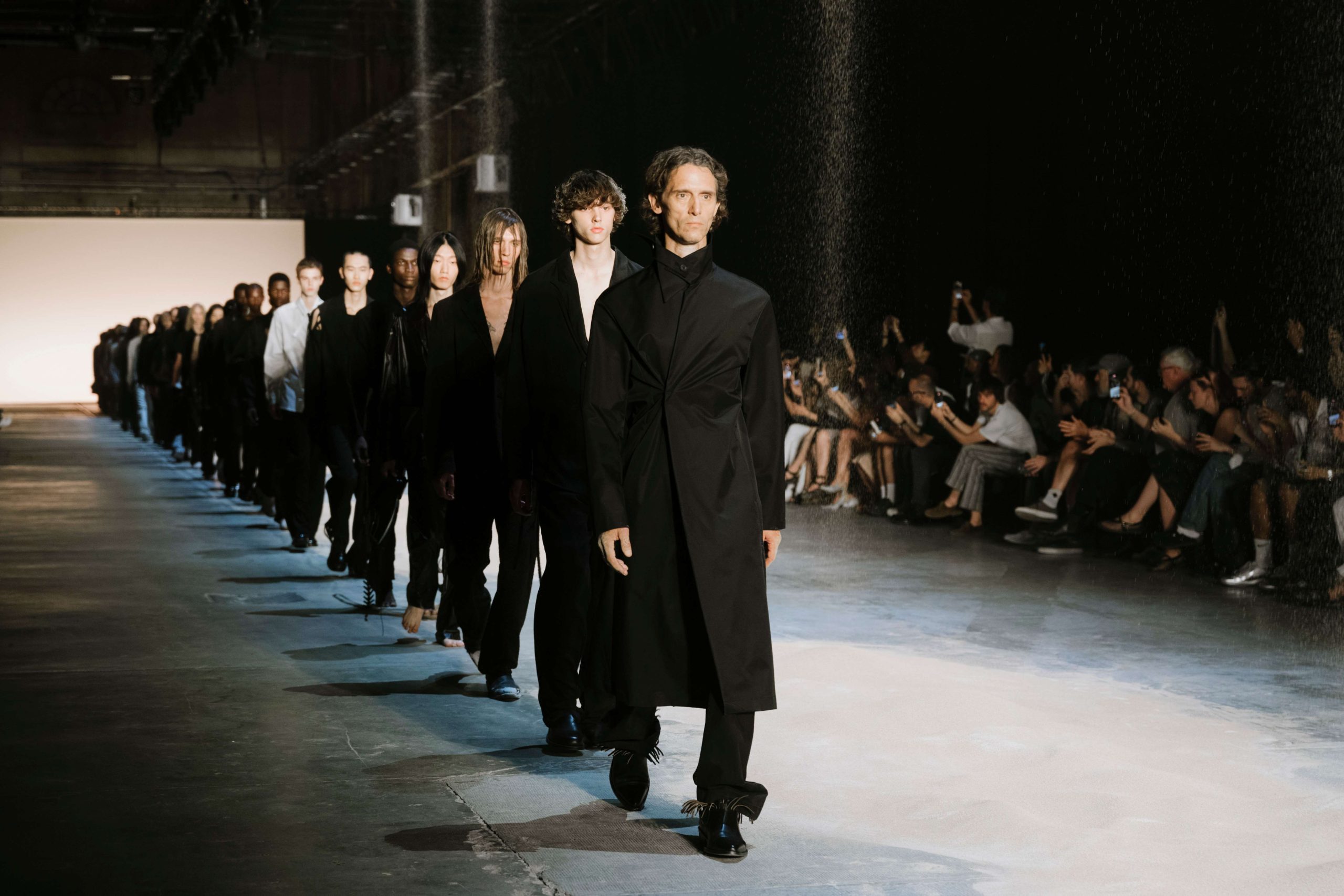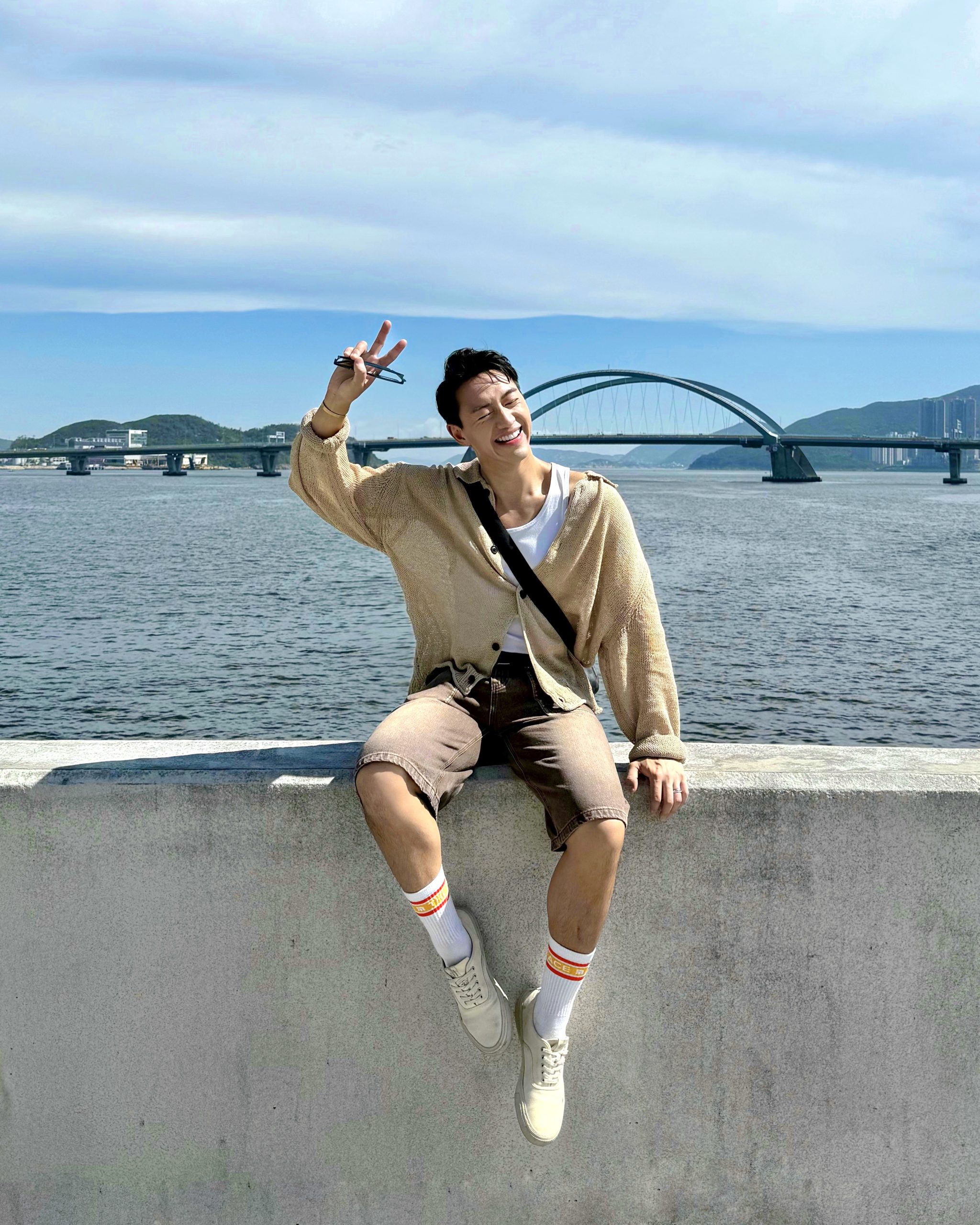All-powerful brands, a constant reshuffling of designers and a continued dearth of women in top positions. Melissa Twigg looks at the ongoing upheaval in the fashion industry, but discovers it’s not all bad news for creatives or consumers
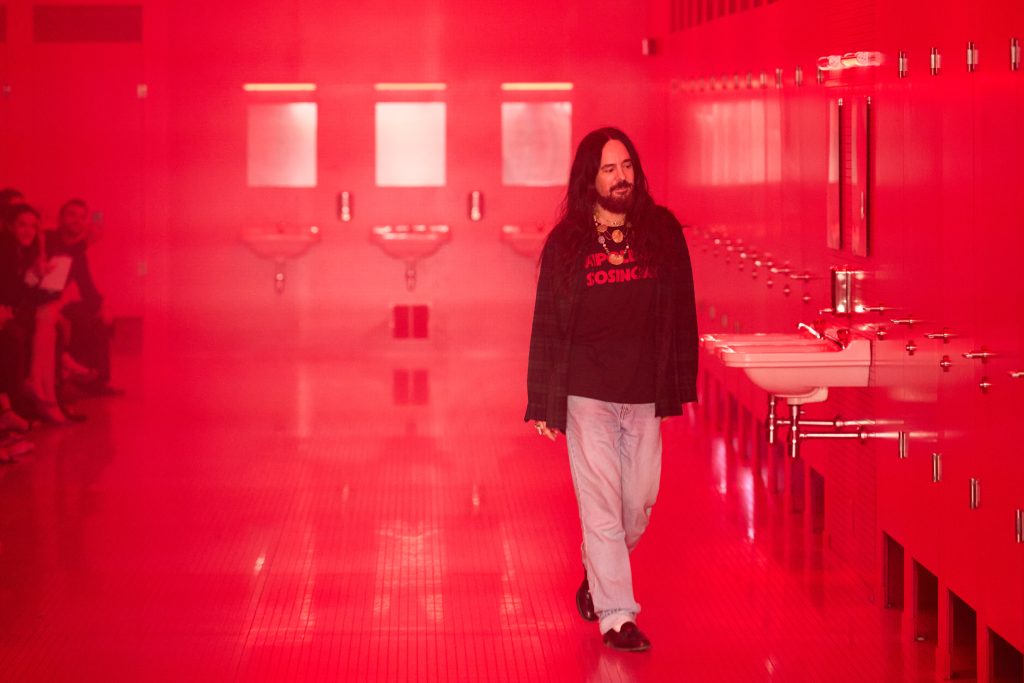
For decades, big personalities dominated fashion. Coco’s sleek new vision was Chanel, and later so too was Karl Lagerfeld’s perfectionism (and zinging one-liners). Lee McQueen’s eccentric approach revolutionised the industry, and it’s all but impossible to imagine where we would be without Jean Paul Gaultier, Tom Ford and Marc Jacobs.
It was around the millennium that an earthquake happened. As China opened up with a newly-rich middle class in the 2000s, the luxury goods market doubled and fashion brands became as rich and powerful as the tech titans on the other side of the Atlantic. Suddenly a brand name wielded more power than the creative director behind it, and so began the game of musical chairs that continues two decades on.
“The star designers built the brands but then the brands became bigger than the designers,” says Camilla Hall, the producer behind acclaimed fashion documentary series Kingdom of Dreams, “which meant CEOs of brands could change the creatives at will while always remaining in place themselves.”
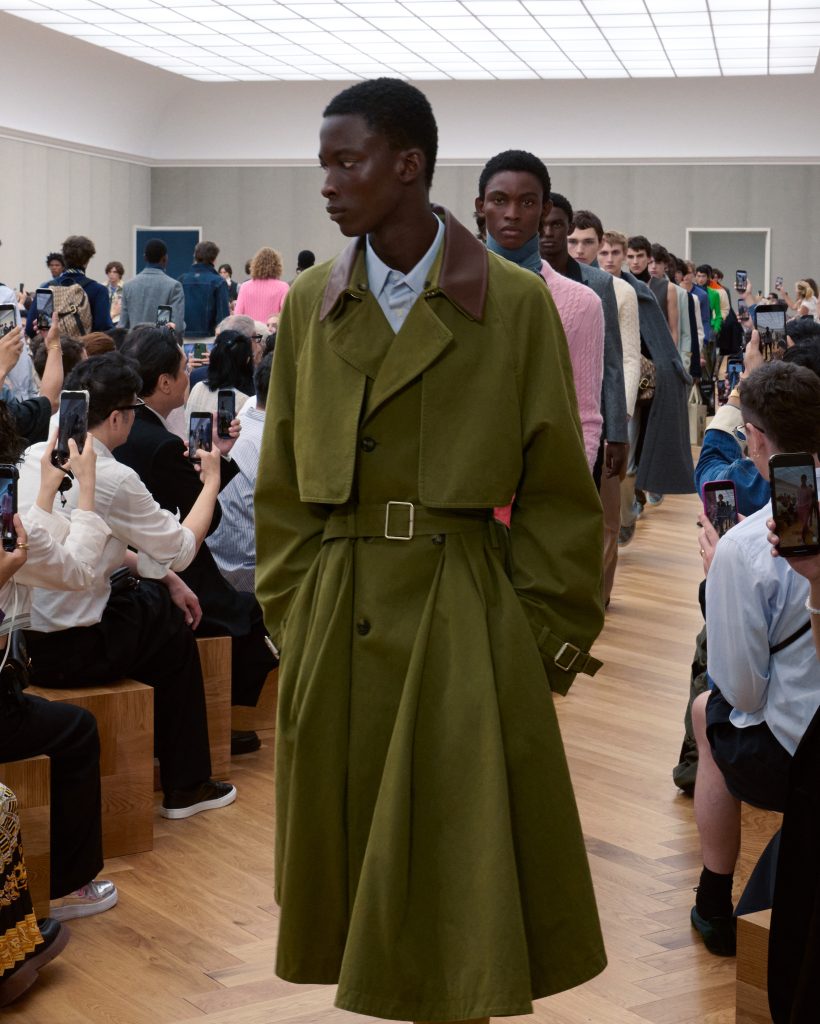
This state of flux has allowed designers to dip their fingers into many pots – and brands to experiment with many aesthetics. One of the biggest changes this year has been Jonathan Anderson’s leap from Loewe to Dior Men. At the Spanish house, he had 11 years to bring his brilliant eye to leather goods and ready to wear, turning a slightly tired label into one of the more imaginative brands of the decade. Grass sprouted from his coats, Studio Ghibli characters danced across his knits and clever creativity was celebrated. So it’s no wonder that Dior came calling after Kim Jones’ sudden departure – and no wonder that his first collection was received to such acclaim.
Gucci too has reinvented itself multiple times. After Alessandro Michele’s wildly successful eccentric maximalism – which influenced the entire industry for a period – it took a while to find its footing. First, Kering brought in Sabato De Sarno in 2023 for a return to sleek minimalism, but after disappointing sales, Demna – already a polarising figure at Balenciaga – was appointed to the top spot. His knack for will now be tested at one of the most commercially sensitive houses in fashion, one that many see as a bellwether for the health of industry.
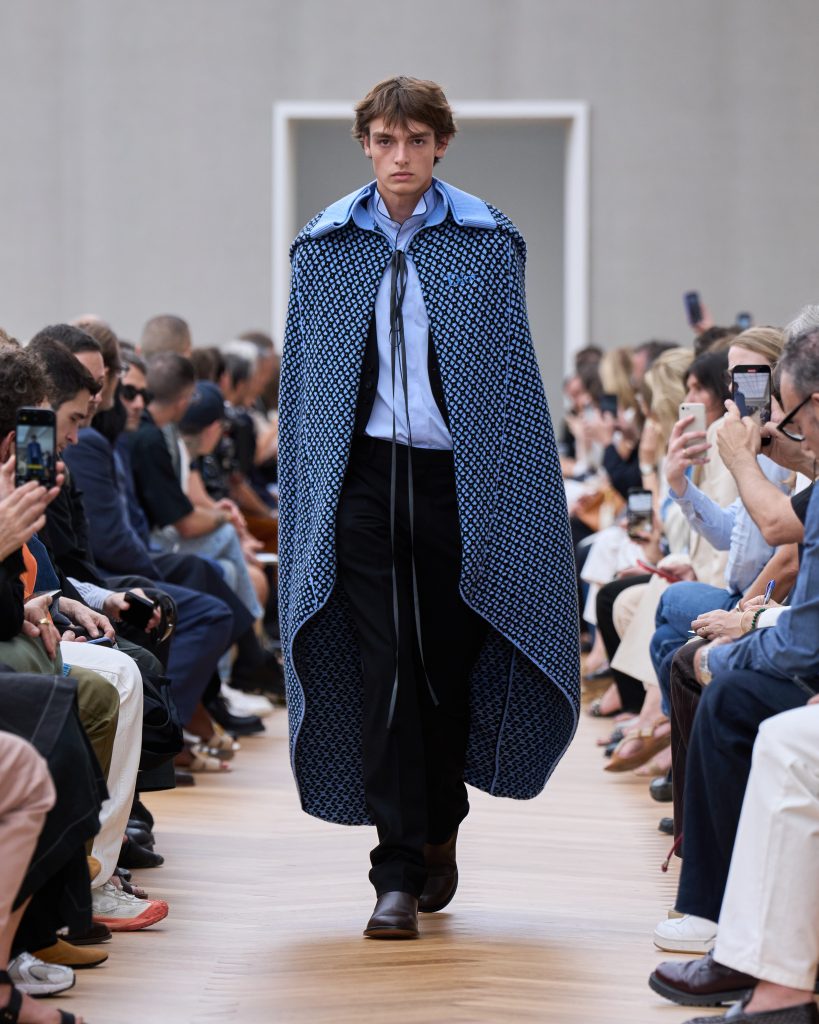
The effect of this constant reshuffling is profound. “A creative director no longer has the time to slowly grow into a role or experiment with direction,” says Hall. “The days when a designer could slowly shift a house’s codes – like Nicolas Ghesquière did at Balenciaga in the 2000s – are effectively gone.”
Success doesn’t always strike twice. Daniel Lee had worked under Phoebe Philo at Celine and was in no way a household name when he was promoted to the top job at Bottega Veneta in 2018. His brilliant cuts and clever updates to the house’s accessories collection were received with immediate acclaim, so it was no surprise that Burberry came knocking in 2023. However, his attempts to do the same thing there fell flat: sales fell by 18% in 2024 and, in response, the brand announced a £65 million cost-cutting plan. Lee remains in place for now – and fashion insiders for now are heartened by a very strong most recent collection.
The human toll of this is understandably significant. Designers are asked to reinvent century-old brands overnight, yet they remain expendable when quarterly results wobble. Their creativity is tied to the immense commercial pressure that comes with the global luxury market’s scale. What’s lost in the process is the possibility of intimacy – the sense that a single mind can infuse a house with a story that unfolds over multiple seasons.
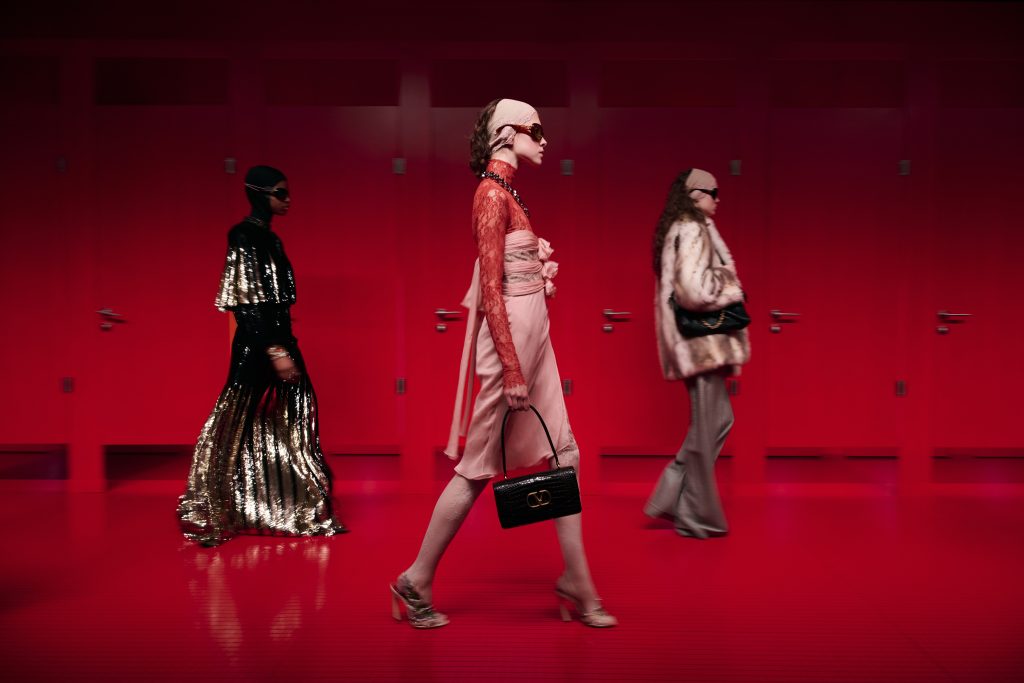
For all the noise about change, however, one constant is the gender imbalance at the top. With rare exceptions, it has long been men who are dropped into the most powerful positions in luxury fashion. Anderson at Dior, Demna at Gucci, Martens at Margiela, Jones at Dior before them. For years male designers were rewarded with second, third and even fourth acts, while women rarely enjoy the same privilege. Occasionally, it feels like this is changing: Sarah Burton’s recent appointment at Givenchy was rightly applauded, and Véronique Nichanian’s four decades at Hermès remain very successful. Louise Trotter, meanwhile, has taken the reins at Bottega Veneta.
Still, these women are making their ways through the upper tiers of an industry that functions as a boys’ club, and where the same names regularly reappear in bright lights. This imbalance has consequences for the kind of clothes we see on the catwalk. A maledominated industry has historically prized a bold newness over cuts and styles that flatter women’s bodies. Female designers, from Burton to Chloé’s Chemena Kamali or Simone Rocha at her own house, or indeed the beloved Phoebe Philo at her eponymous label, have brought a very different aesthetic to women’s wardrobes, often creating clothes that feel as good as they look. Yet their opportunities at the corporate behemoths sometimes seem limited.
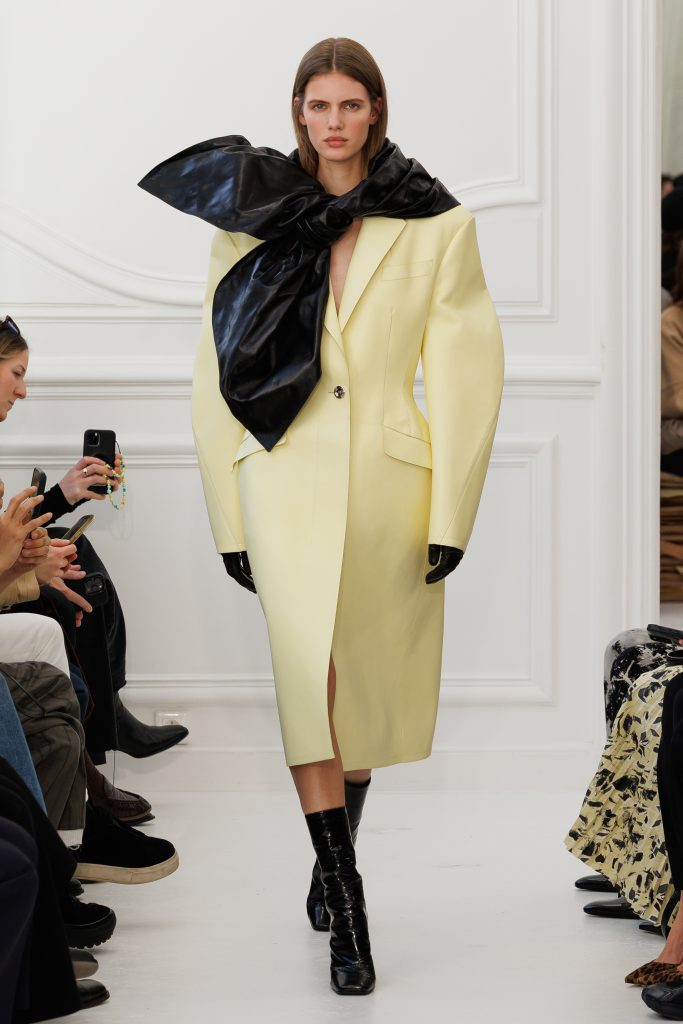
For men and women, it would be easy to frame this carousel as a spectator sport: a game of musical chairs that keeps fashion lively and unpredictable. And there is some truth to that. Each appointment is greeted with fanfare, each debut show dissected with the fervour of a blockbuster premiere. For fashion lovers, the anticipation can be thrilling. What will Demna do to Gucci? What kind of Dior will Jonathan Anderson create this time? But beneath the thrill of it all, we need to ask whether we are creating the right conditions for designers to make lasting legacies.
Equally, we need to ask whether this volatility is itself a reflection of our times. We live in an era of short attention spans, instant gratification and perpetual reinvention. Why should fashion, the most responsive of industries, be any different? If the carousel feels exhausting, perhaps it’s because of us.
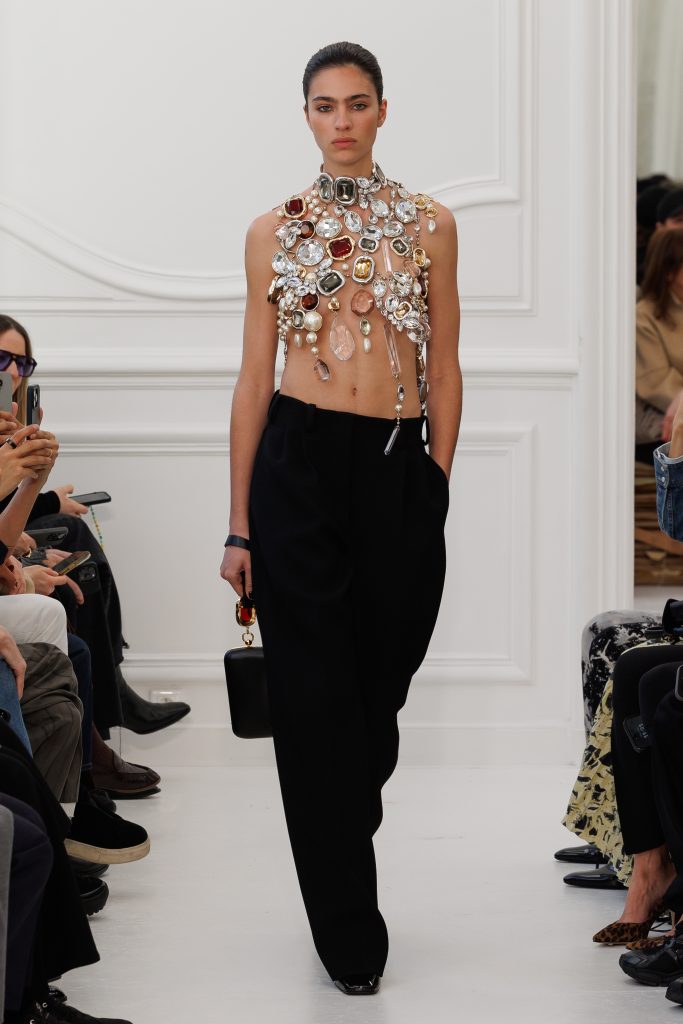
For all the turbulence, it would be wrong to suggest the industry is adrift. The current climate has also opened the door to new ideas and new voices. Houses that once seemed old-fashioned and set in their ways have hired young designers to inject humour and eccentricity into their work. Belgian designer Meryll Rogge is announced as the new creative director of Marni; Dario Vitale is having fun at Versace. The appetite for fresh perspectives has created opportunities for younger and more diverse talents, particularly in the independent scene, where labels such as Khaite, Wales Bonner and Thebe Magugu are building momentum. Their presence on the global stage ensures that fashion remains experimental.
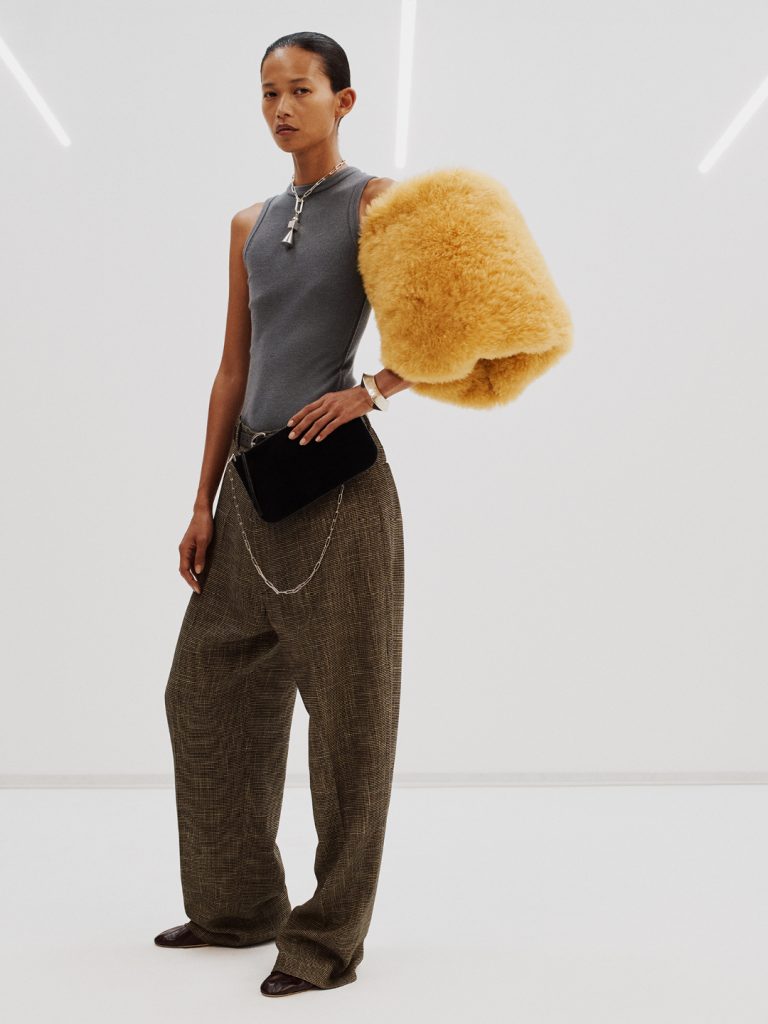
“The obsession with the new has always been here and in fashion it’s certainly not going anywhere,” says fashion biographer Amy Odell. “Anyway, bringing in fresh young people is good for the company image. The industry has an obsession with youth and newness and everyone loves a wunderkind. That goes for the media too.”
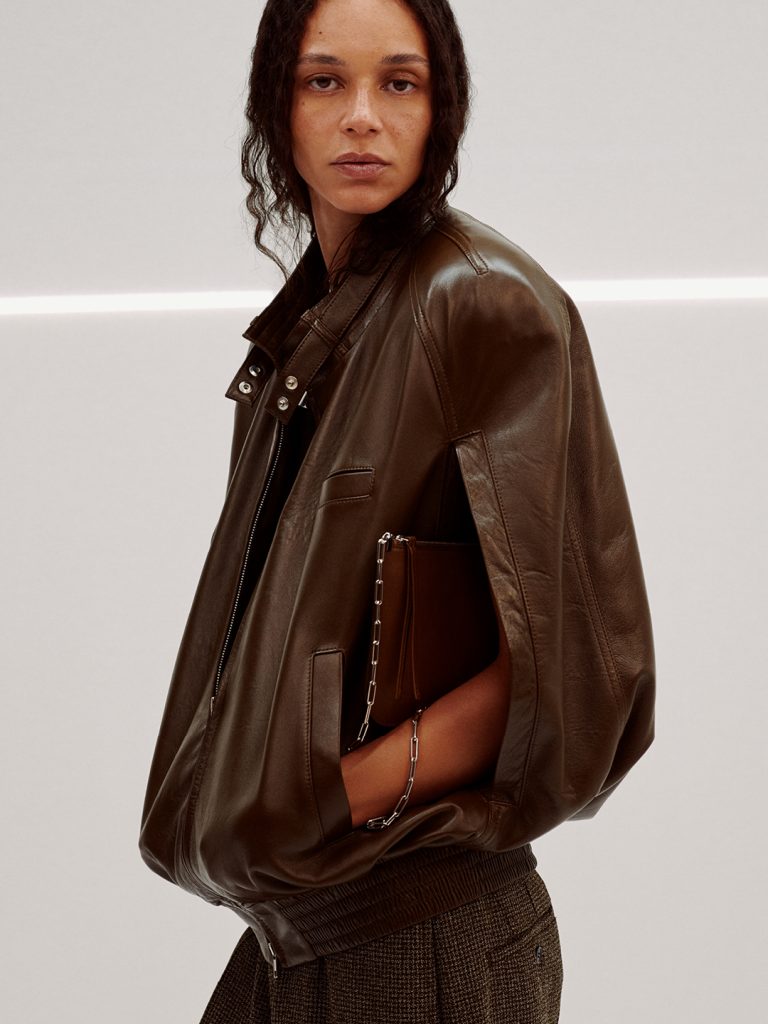
Another huge positive is the return to craft. After decades of logos and fast luxury, consumers are once again gravitating towards pieces that feel more personal and less like an exercise in branding. Bottega Veneta and Loewe are not alone in highlighting the work of their craftspeople and in focusing on sustainability. This shift feels like a counterbalance to the instability at the top, and a long overdue recognition that fashion’s power lies in the clothes themselves – and in the great talent of the people who make them.
Also see: Autumn/Winter 2025 runway, Balenciaga, Balmain, Burberry, and more





